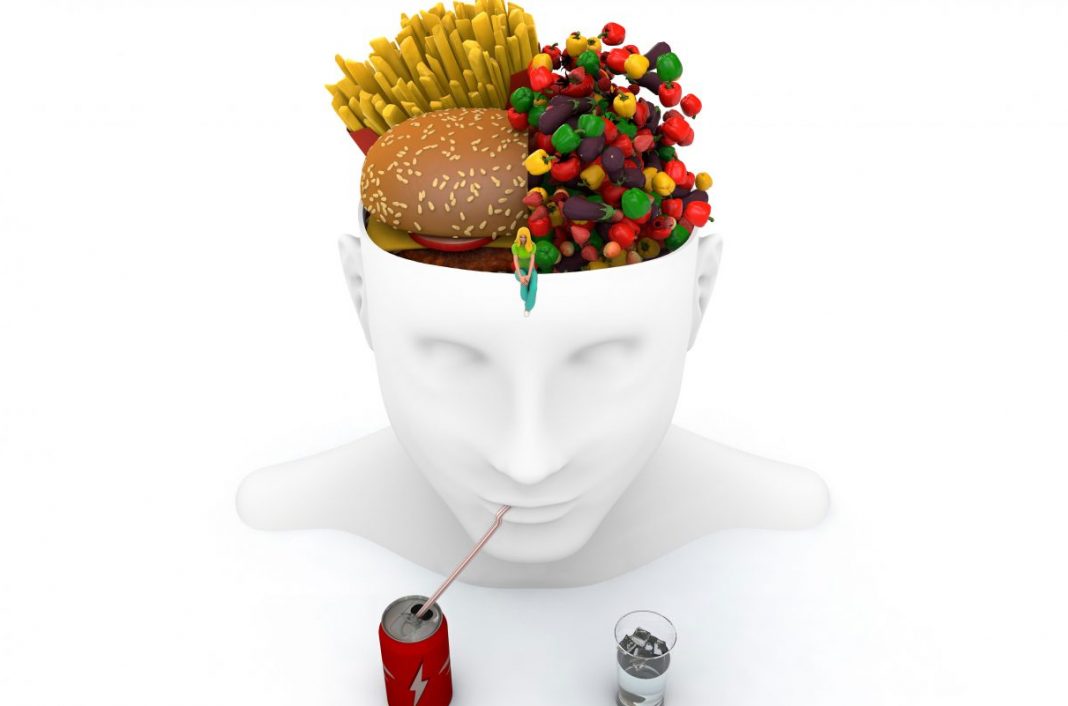When we diet we tend to hanker after just the kinds of high calorie, fat-laden foods that we want to avoid. Unfortunately, research has shown that rather than abstinence becoming easier over time, the longer we cut out this type of food, the greater the cravings become.
New studies in rats by researchers at the University of Texas Medical Branch at Galveston have now shown how a single receptor in an area of the brain associated with regulating food intake switches off those cravings and binge-type eating behaviors. Their studies in animals fed a low-fat diet for a month showed that blocking the effects of the neuromedin U receptor 2 (NMUR2) within the paraventricular nucleus (PVN) of the hypothalamus reduced the increased desire for fatty foods that was shown by control rats.
The findings could feasibly help scientists to develop drugs that stop our cravings for high-fat foods and binge- or overeating. “While our findings are only the first step in a long process from the scientific lab to the doctor’s office, we are planning to develop new drugs to help curb those cravings,” said research lead Jonathan Hommel, PhD, an assistant professor in the department of pharmacology and toxicology. “Although it may be years before the drug is ready, our research highlights some important features of food craving that may help you set realistic New Year’s resolutions.”
The team reported on its studies and results in Behavioural Brain Research, in a paper titled, “Incubation of feeding behavior is regulated by neuromedin U receptor 2 in the paraventricular nucleus of the hypothalamus.”
Overeating and obesity commonly result when a high-fat diet is available without restriction, and National Institutes of Health figures indicate that more than 2 in 3 adults in the U.S. is overweight or obese, the authors wrote. Brain regions linked with this preference for high-fat foods include the hypothalamus and nucleus accumbens, “areas associated with abstinence-induced changes in intake and motivated behavior, making high-fat consumption highly reinforcing,” they stated.
Weight loss diets are commonly based on abstaining from high-fat foods, something that involves behavioral self-control. However, studies indicate that the longer we stay off these types of foods, the harder it becomes and the greater the cravings. This is known as the incubation effect. “Diets that include abstaining from high-fat foods, ironically, result in an increase in motivation and craving for said high-fat foods, defined as an incubation effect because the behavior aids in developing overeating,” the researchers wrote. “… motivation for food is elevated after extended abstinence periods, with longer abstinence increasing the strength of the incubation effect.”
In essence, “craving for foods high in fat—this includes many junk foods—is an important part of obesity and binge eating,” Hommel explained further. “When trying to lose weight people often strive to avoid fatty foods, which ironically increases motivation and craving for these foods and can lead to overeating. Even worse, the longer someone abstains from fatty foods, the greater the cravings.”
Rats also demonstrate incubation of feeding behaviors that are associated with overeating high-fat foods. Previous rodent studies by Hommel’s lab had shown that modulation of NMUR2 in the PVN of the hypothalamus resulted in increased food intake and motivation for energy-dense foods. “This receptor has been implicated in regulating the preference for high-fat food intake,” the team noted. Research had also shown that knocking down NMUR2 was associated with food reinforcement, food preference, and changes in body weight. What wasn’t yet understood was any role for the receptor in mediating incubation of feeding behavior.
To study this in more detail the team used a rat model for incubation of craving. Animals were trained to work for fatty treats by pressing a lever. To measure the degree of craving and motivation for a fatty food rewards the researchers then increased the number of times the rats needed to press the lever to gain their reward, until eventually the animals would give up.
NMUR2 was then deleted in some of the experimental rats, using an adeno-associated viral (AAV) vector-mediated RNAi. Half the trained animals were given an AAV engineered to express a small hairpin RNA that knocked down NMUR2, and the other half of the animals were given a control, nonsilencing hairpin.
All the animals were kept on a low-fat diet for 30 days, and their desire for high-fat foods assessed through lever pressing. Before the period of abstinence there was no major difference in how many lever presses the NMUR2-knockdown and control animals carried out to obtain their rewards. However, after 30 days on the low-fat diet, the control animals would press the lever far more times to gain their reward than the NMUR2-knockdown rats. Their fatty food-seeking behavior didn’t increase as a result of abstinence from high-fat foods.
“These data support our hypothesis that NMUR2 depletion in the PVN induces a lasting decrease in cue reactivity, which is resistant to abstinence-induced incubation of craving-like behavior,” the researchers stated. “In contrast to the effects seen with schedules of reinforcement for high-fat food, we demonstrated that knockdown of NMUR2 in the PVN resulted in decreased reactivity to cues for high-fat food before abstinence, as well as the post-abstinence impairment in incubation of craving-like behavior.” Importantly, they noted, NMUR2 knockdown didn’t affect overall bodyweight at any point.
The team concluded that the results suggest that NMUR2 signaling in the PVN mediates reactivity to food-associated cues and the incubation of craving for food. “Overall, these effects support exploration into NMUR2’s larger role in maintaining energy homeostasis through modulation of these complex feeding behaviors.”







